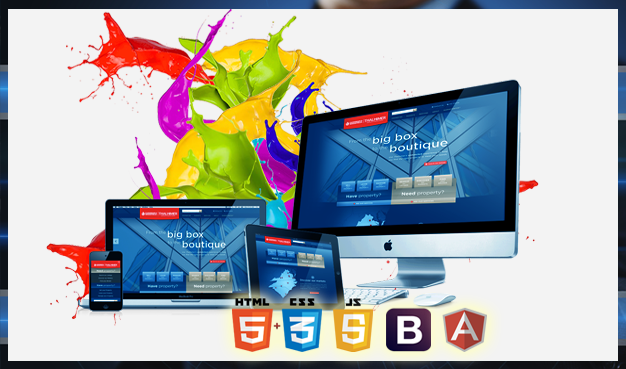- Have any questions?
- (Prasad) +91 96191 46851 | (Parag) +91 99878 20022
- support@pnpwebdesign.com
Unleashing the Power of Shopify Blog: A Complete Guide to Building Your Online Presence

Unraveling the Power of Dynamic Websites: A Comprehensive Guide
February 10, 2024
Unlocking the Power of Guest Posting: Your Ultimate Guide to Effective Outreach and Collaboration
February 10, 2024Unleashing the Power of Shopify Blog: A Complete Guide to Building Your Online Presence

In today’s digital age, establishing a robust online presence is essential for success in the e-commerce landscape. One powerful tool for achieving this is the Shopify Blog—a versatile platform that allows merchants to share their stories, connect with customers, and drive traffic to their online stores. In this comprehensive guide, we’ll delve into the world of Shopify Blogging, exploring its features, benefits, and best practices to help you maximize its potential for your e-commerce business.
-
Understanding Shopify Blog:
Shopify Blog is an integrated feature of the Shopify platform, designed to help merchants create and publish engaging content that complements their online stores. From product updates and industry insights to behind-the-scenes glimpses and customer testimonials, Shopify Blog enables merchants to showcase their brand personality and connect with their audience on a deeper level.
-
Setting Up Your Shopify Blog:

Getting started with Shopify Blog is a breeze. Simply navigate to your Shopify admin dashboard, select “Online Store,” and then click on “Blog Posts.” From there, you can create new blog posts, organize them into categories, and customize the layout and design to align with your brand aesthetic. With intuitive editing tools and seamless integration with your Shopify store, publishing compelling content has never been easier.
-
Crafting Compelling Content:
The key to a successful Shopify Blog lies in creating content that resonates with your target audience. Whether you’re sharing product tutorials, industry insights, or customer success stories. Focus on providing value and addressing the needs and interests of your readers. Incorporate visual elements such as images, videos, and infographics to enhance engagement and make your posts more visually appealing.
-
Driving Traffic and Engagement:
Once your Shopify Blog is up and running, it’s time to attract visitors and encourage engagement. Share your blog posts across your social media channels, email newsletters, and other marketing channels to reach a wider audience. Encourage readers to leave comments, ask questions, and share their own experiences, fostering a sense of community and interaction around your brand.
-
Leveraging SEO for Visibility:



Optimizing your Shopify Blog for search engines is crucial for maximizing its impact and driving organic traffic to your online store. Incorporate relevant keywords, meta descriptions, and alt tags into your blog posts to improve their visibility in search engine results. Additionally, focus on creating high-quality, informative content that addresses common search queries and provides valuable insights to your audience.
-
Measuring Success and Iterating:
As with any marketing initiative, it’s essential to track and analyze the performance of your Shopify Blogs over time. Monitor metrics such as website traffic, engagement levels, and conversion rates to gauge the effectiveness of your blog posts. Use this data to identify trends, refine your content strategy, and optimize your approach for maximum impact.
Shopify Blog Conclusion:
Shopify Blogs is a powerful tool for e-commerce merchants looking to build their online presence, engage with customers, and drive traffic to their stores. By understanding its features, best practices, and potential for growth, you can leverage Shopify Blogs to showcase your brand, connect with your audience, and ultimately drive success in the competitive world of e-commerce. So, roll up your sleeves, unleash your creativity, and start blogging your way to e-commerce greatness with Shopify Blogs!





